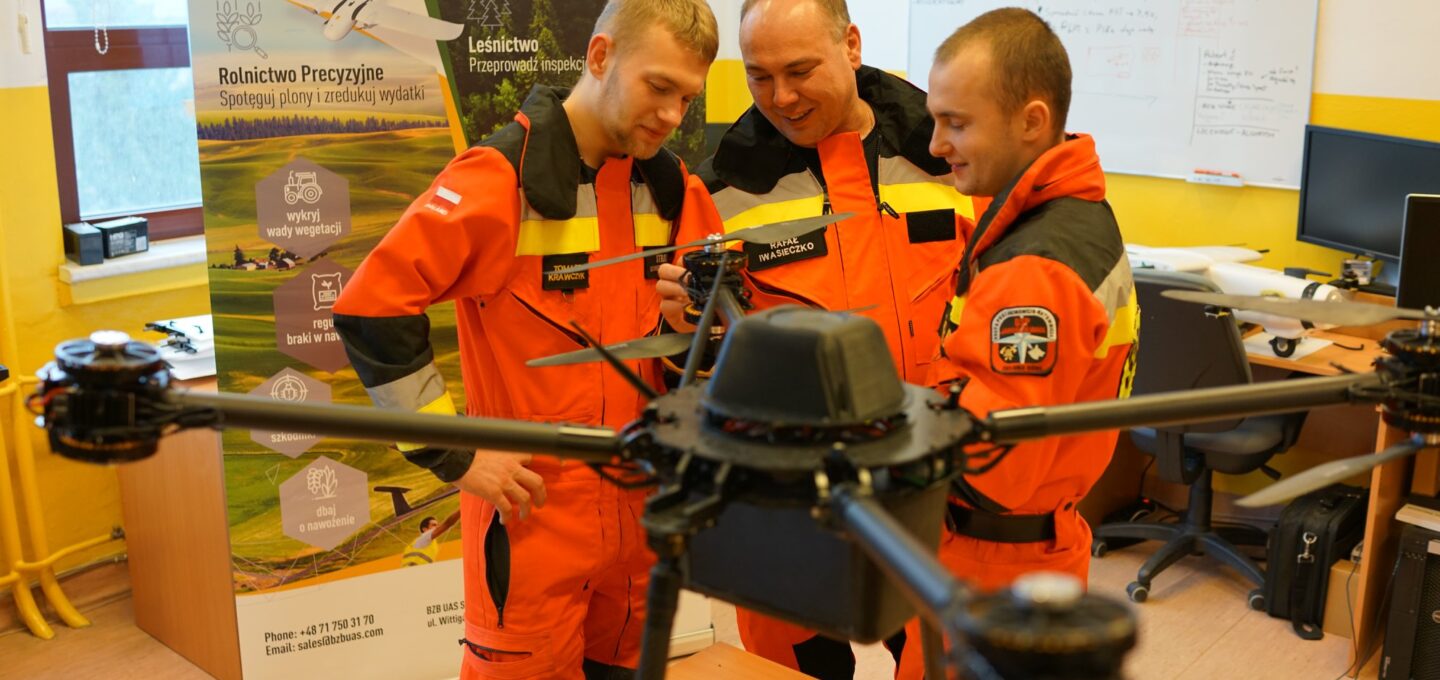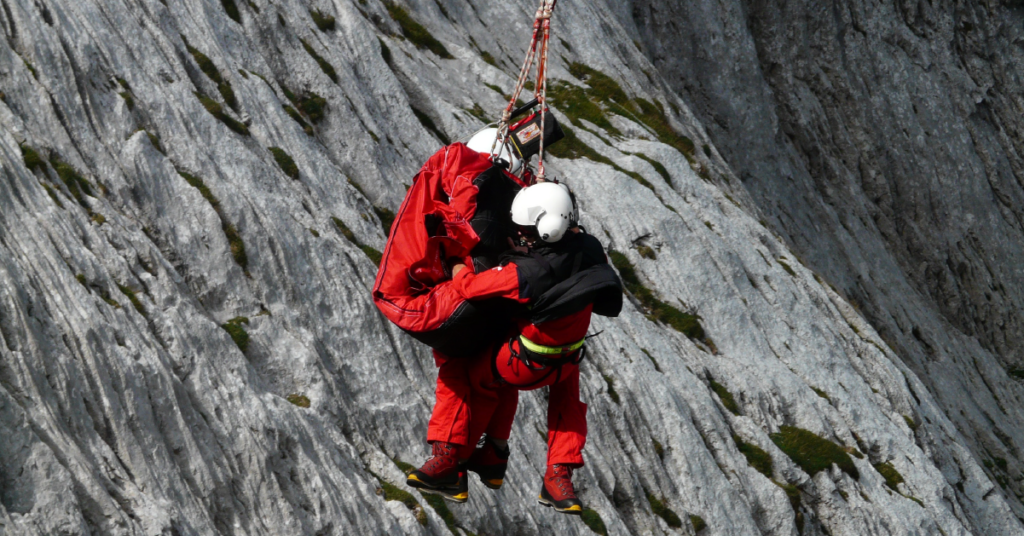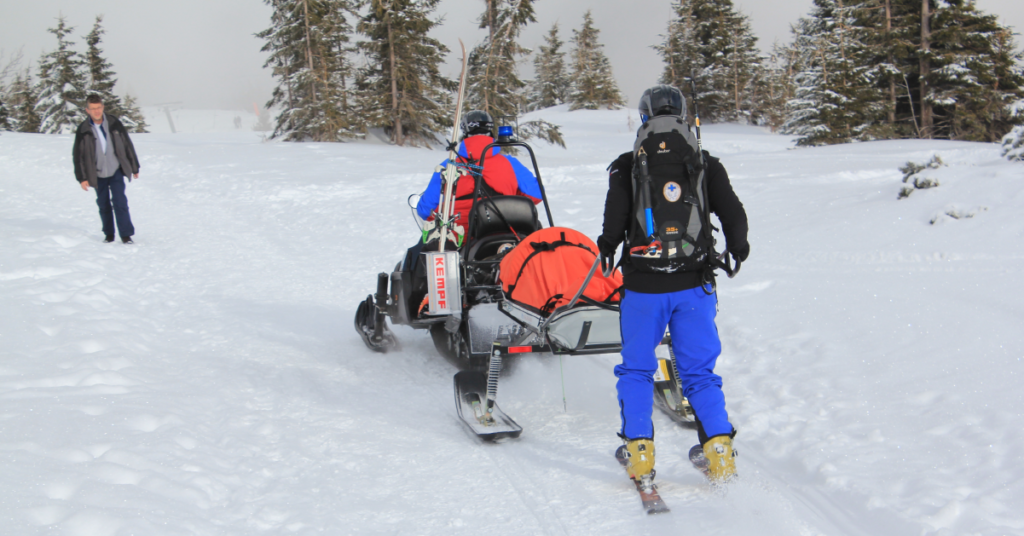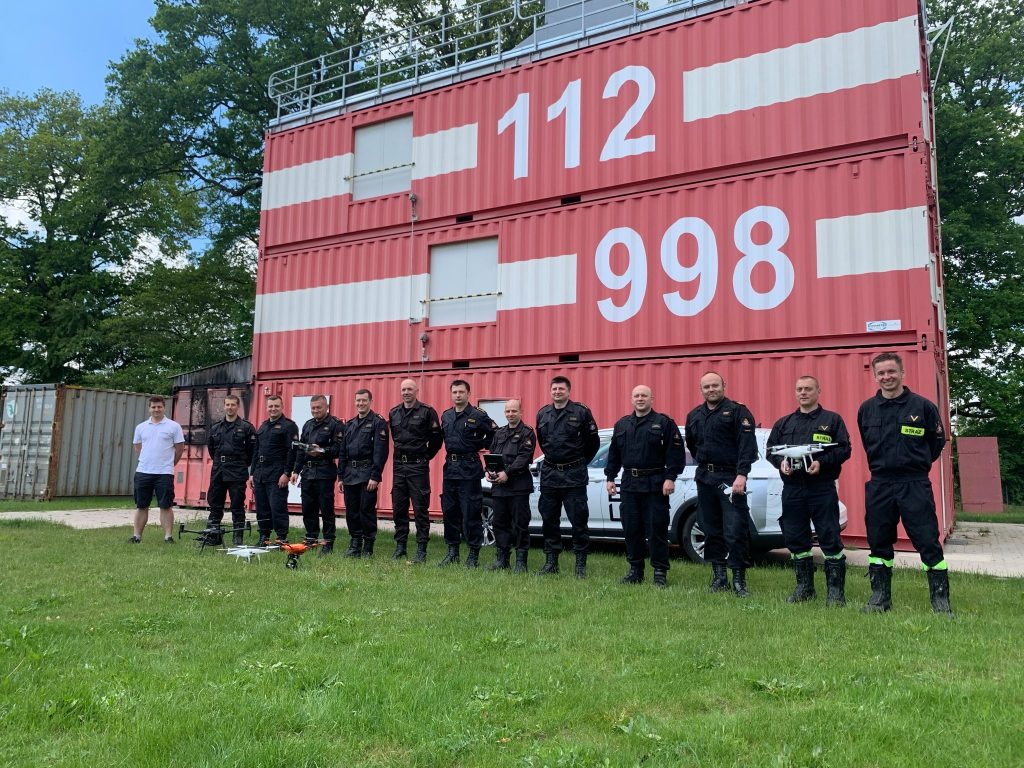Drones in search and rescue operations

Characteristics of Search and Rescue operations in Poland.
In Poland, up to 20,000 people are reported missing every year. Most often they are children up to 17 years of age, including adolescents aged 14-17. From year to year there is also an increase in disappearance of people over 20 years of age.
What problems is the client facing?
The search for a missing person is a time-consuming process. It demands involvement of human and financial resources. Search and Rescue services often have to contend with hard-to-reach places like: lakes, forests, mountains or caves. Qualified rescuers and specialized equipment is required. Costs of rescue depend on multiple factors, and they tend to rise each year. The use of advanced technologies, such as drones in search operations is increasing.

What problems do drones solve in Search and Rescue operations?
UAVs are mostly used in rescue operations after natural disasters such as hurricanes or earthquakes. Thanks to the built-in software they can be useful in the process of inspecting the condition of buildings that have suffered from natural disasters. They are also able to determine if there are any survivors in such a building. Recently drones have been used more and more often in the search for missing persons. Thanks to the ability to create imagery of the terrain in real time, they work well in the process of locating missing people in the field. Drones will be useful during the toughest Search and Rescue operations that take place after an avalanche, road accident or during night operations. Drones in combination with specialized software allow to track movement or a human body using visible light, infrared and thermal vision. They aren’t meant only to locate missing people, they are also used to keep constant connection between rescuers and the victim (if the use of other communication systems is not possible). Additionally in hard-to-reach places they can be used to deliver food and medicaments. They can also be used to determine whether a given person has suffered a fatal accident, which is particularly important in the case of areas that pose a threat to the health and life of rescuers.

With the help of Unmanned Aerial Vehicles you can distinguish three main types of Search and Rescue operations:
- Sequential operations – operations where the mission coordinator develops the rescue activity plan with the help of the drone operator and the sensor operator, who is responsible for processing of information collected during the flight. If the trace of a missing person is found on the imagery, then a field search team is sent there to verify data obtained by the UAV. This method of searching is especially useful in the case of hard-to-reach places, when the rescue team has limited mobility, as well as when resources (human, material and financial) are limited.
- Remotely controlled operations – in this case the mission coordinator accompanies the field rescue team while the UAV operator flies above the currently searched area. The camera mounted on a drone is operated by the sensor operator in a way that allows it to obtain information from distances beyond the eyesight of the rescuers. This kind of cooperation helps with more effective management of search and rescue operations.
- Operations guided from the base – mission coordinator, UAV and sensor operator are all located in the main base of conducted search activities. Only when the sensor operator manages to locate a signal indicating that the missing person is in a specific area, the UAV operator goes to a specific location and once again performs the flight. Rescue team is located in the neighbourhood of conducted search activities, in a way that they can quickly move to a specific area and verify data collected by the drone. This type of operation ensures high mobility and is especially important in situations when there’s not enough information about the potential location of the missing person.

What are the benefits of using drones in Search and Rescue operations?
Life of a person that went missing is precious. Unfortunately, time isn’t an ally during Search and Rescue operations, because with each hour the probability of finding the missing person decreases. Drones in Search and Rescue are a solution that is able to speed up the entire process. They are perfect for the case when human resources are limited or when the exact whereabouts of this person are unknown. Thanks to the photos taken it is possible to determine not only the condition of the injured person but also to properly prepare the rescuers for the missions so that their life and health are as little endangered as possible. This kind of solution often allows to increase the survivability of a missing person by providing him with food or medicine.

Drones in Search and Rescue – Case Study
The first client with whom we have implemented UAVs for search and rescue purposes was OSP Jarogniewice. Since 2017, volunteers have used drones in various SAR activities. We are pleased to conduct field training for them, during which SAR scenarios are implemented. During these training scenarios drones and rescue dogs are used. Additional training is organized to teach about new UAV regulations and improve their piloting skills. Since 2020, BZB UAS cooperates also with KW PSP in Wrocław and KM PSP in Wrocław


